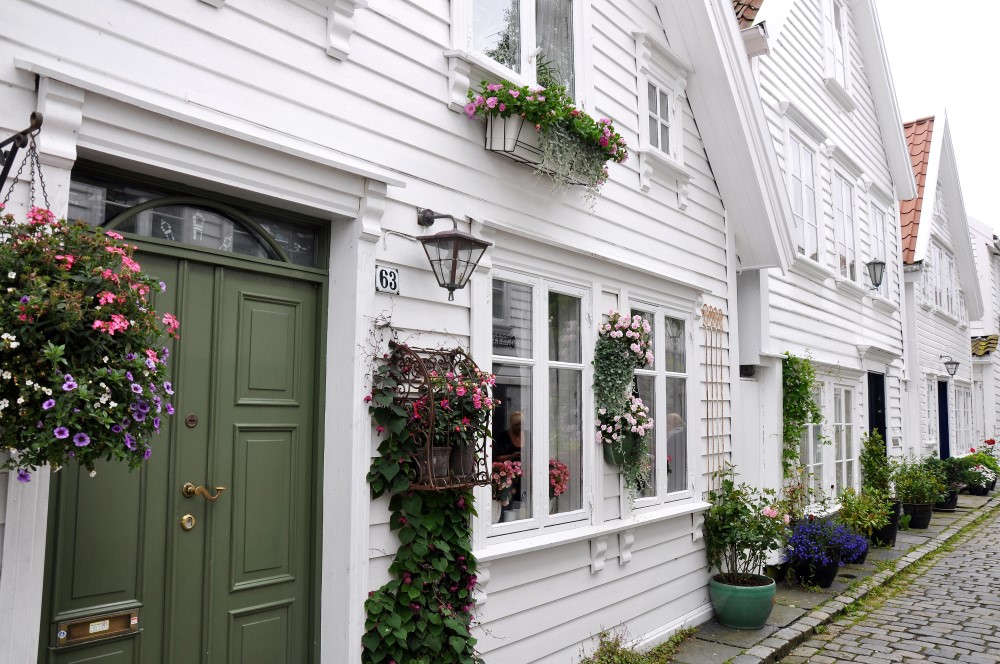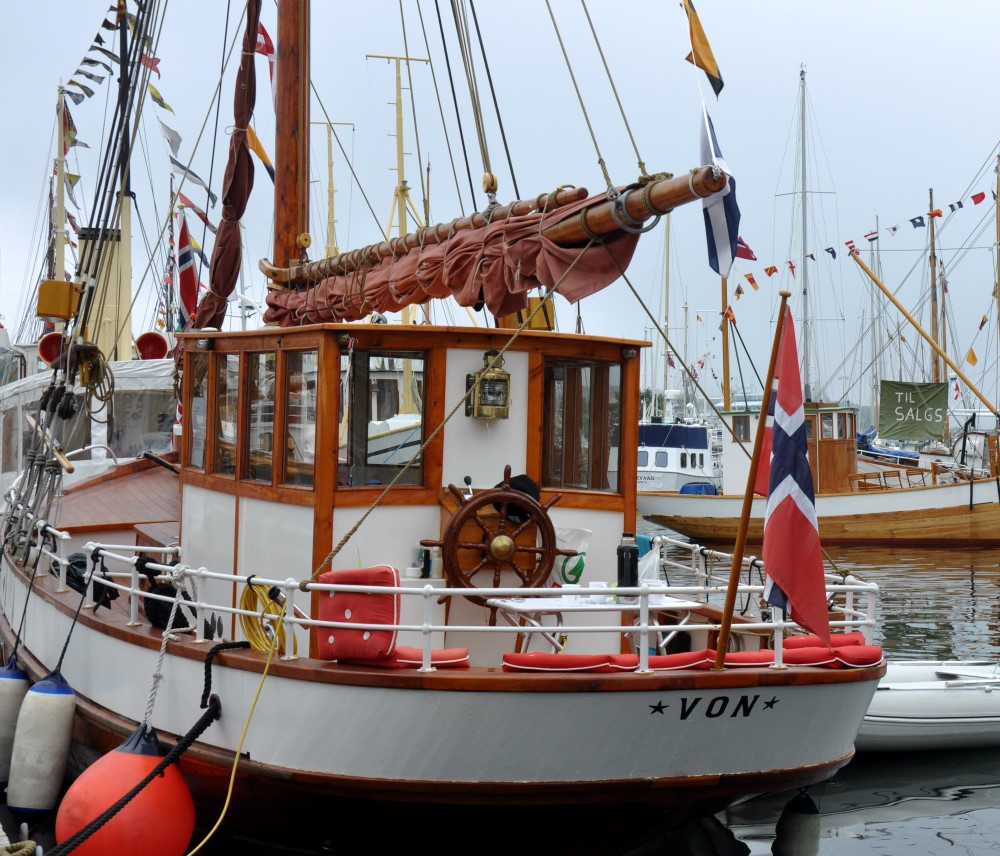Norway
2017

Kristiansund
 |
A speaking gig aboard the Crsytal Symphony - over two weeks on the Norwegian coast from Oslo to 300 miles above the Arctic Circle.
|
Oslo
Oslo is the capital and the most populous city in Norway with a metropolitan area of 1.75 million. Founded in the year 1040, and established as a capital under Haakon V of Norway around 1300. The city is a hub of Norwegian trade, banking, industry and shipping.

The Royal Palace
The Royal Palace
Parliament
National Theater
Noebl Peace Center
Nobel Peace Center
University of Oslo
Oslo City Hall
Oslo City Hall
Oslo City Hall
Oslo City Hall
Oslo City Hall
Grand Hotel
Waterfront and fortress
Waterfront and fortress
Waterfront and fortress
Waterfront
Waterfront
Waterfront and museum
Waterfront and museum
FDR is beloved by the Norwegians
Walking zone
Walking zone
Walking zone
Not sure....
Castle built to commemorate the founding of the Kingdom of Norway
Church
Summer homes on the waterways
Small towns on the waterways
Summer homes on the waterways
Leaving the harbor
Stavanger
Stavanger is the third-largest metropolitan area in Norway, founded in 1125. Stavanger’s core is 18th- and 19th-century wooden houses that are protected and considered part of the city's cultural heritage. Today the oil industry is a key industry in the Stavanger region and the city is widely referred to as the Oil Capital of Norway.

Waterfront

Waterfront

Waterfront

North Sea oil industry support

North Sea oil industry support

Waterfront

Old town

Old town

Old watch tower

Stavanger Cathedral (see below)

Old town

Old town

Sailboats

Suburbs

Suburbs
Stavanger Cathedral

Stavanger Cathedral is Norway's oldest cathedral and the seat of the Bishop of Stavanger who leads the Diocese of Stavanger. It was finished around 1150, and the city of Stavanger counts 1125 as its year of foundation. The Cathedral was consecrated to Swithun as its patron saint. Saint Swithun was an early Bishop of Winchester and subsequently patron saint of Winchester Cathedral.




The cathedral is famous for its hand-carved pulpit












Bergen
Bergen is the second-largest city in Norway with a metropolitan population of 420,000. According to tradition, the city was founded in 1070 by king Olav Kyrre, and served as Norway's capital in the 13th century, and from the end of the 13th century became a bureau city of the Hanseatic League – hence the guild houses on the waterfront.
 Former guild houses on the waterfront
Former guild houses on the waterfront

Former guild houses on the waterfront

Guild house

Hanseatic museum

Guild house

Bergen area

Bergen city harbor

Fortress

National theater

University of Bergen


City center

Even in Bergen

Waterfront

Outlying areas

Outlying areas
Flam
Flam is a village in southwestern Norway, in an area known for its fjords. It sits at the end of Aurlandsfjord, a branch of the vast Sognefjord.



Crystal Serenity







Stegastein

Flowers on Stegastein

Flowers on Stegastein
Geiranger
Geiranger lies at the head of the Geirangerfjorden, which is a branch of the large Storfjorden. Geiranger is home to some of the most spectacular scenery in the world, and has been listed as a UNESCO World Heritage Site. The “Seven Sisters” waterfall is located just west of Geiranger, directly across another waterfall called "The Suitor."


The Suitor waterfall

Seven Sisters (left) and The Suitor (right) waterfalls

Seven Sisters waterfall

Seven Sisters waterfall with rainbow

The Suitor waterfall



Geiranger and Geirangerfjord from Flydalsjuvet

Interesting docking mechanism - it unfolds out to the ship

Planted roofs are common

Someone tell me what this is

Buttercup

Viola

Vetch

Thistle

Someone tell me what this is

Pink yarrow
 Canterbury bell
Canterbury bell

Someone tell me what this is

Scabiosa with bee

Someone tell me what this is
Alesund
Alesund is a port town on the west coast of Norway at the entrance to the Geirangerfjord known for the art nouveau architectural style in which most of the town was rebuilt after a fire in 1904.













Northern gannet

Guillemots
Kristiansund
Kristiansund is a beautiful city built around the harbor and four islands. The city has been built up only over the last 50 years, due to a devastating bombing during the World War II when almost 900 houses burned down. We were there during a wooden boat festival.

Kristiansund harbor

Kristiansund harbor

Kristiansund harbor

Ferry












Wooden boat shipbuilding area










Aquaculture operations ships

Aquaculture operations ship




Bronnoysund

Bronnoysund church - the present stone church building was built in 1870; the church site has been in use since the 13th century












Arctic tern (Sterna paradisaea)

Greylag goose (Anser anser)

Greylag goose (Anser anser)
Torghatten
Torghatten is a granite mountain island southeast of Bronnoysund known for its characteristic hole. The tunnel is 520 feet long,66 feet wide, and 115 feet high.
According to legend, the hole was made by the troll Hestmannen while he was chasing the beautiful girl Lekamøya. As the troll realized he would not get the girl, he released an arrow to kill her, but the troll-king of Sømna threw his hat into the arrow's path to save her.
It is a UNESCO World Heritage site.
Bodo
Located just above the Arctic Circle, the large port of Bodo is home to a NATO air base and an Arctic training school.






Royal Norwegian Air Force F-16 / NATO air base Bodo







Tromso
Tromsø is a major cultural hub above the Arctic Circle. The city’s historic center, on the island of Tromsø, is distinguished by its centuries-old wooden houses. The 1965 Arctic Cathedral, with its distinctive peaked roof and soaring stained-glass windows, dominates the skyline. It is the third largest city in the world north of the Arctic Circle (following Murmansk and Norilsk).





The Arctic Cathedral - 1965











City Hall

City Library

Hammerfest
Located 300 miles above the Arctic Circle, Hammerfest is a commercial fishing and North Sea oil industry support city.










Hammerfest Church - 1961





The northernmost point in the Struve Geodetic Arc in Hammerfest, Norway. The arc is a chain of survey triangulations through ten countries and over 1750 miles, which yielded the first accurate measurement of a meridian of longitude. The arc was used by Friedrich von Struve from 1816 to 1855 to establish the exact size and shape of the earth.
Honnigsvag
(300 miles above the Arctic Circle)
Honningsvag is the northernmost city of Norway. It is located on a bay on the southeastern side of the large island of Mageroya, while the famous North Cape and its visitors center is on the northern side of the island. The ice-free ocean port on the southwestern part of the Barents Sea provides rich fisheries. Even at 71°N, many private gardens in Honningsvåg have trees.












Artico Ice Bar



Honningsvåg Church - 1885




Tundra

Tundra

Reindeer herd

Reindeer

Reindeer

Where the Barents and North Sea meet
 North Cape - the top of Europe
North Cape - the top of Europe

North Cape

At the top of Europe at the North Cape - over 300 miles north of the Arctic Circle - note the lattitude